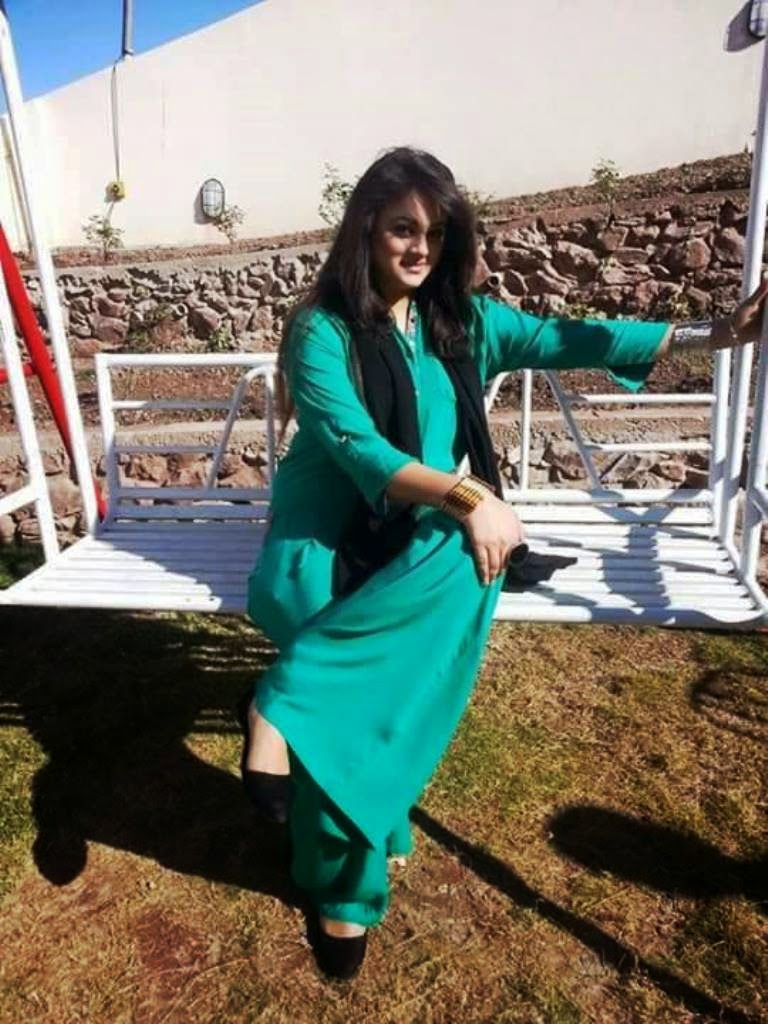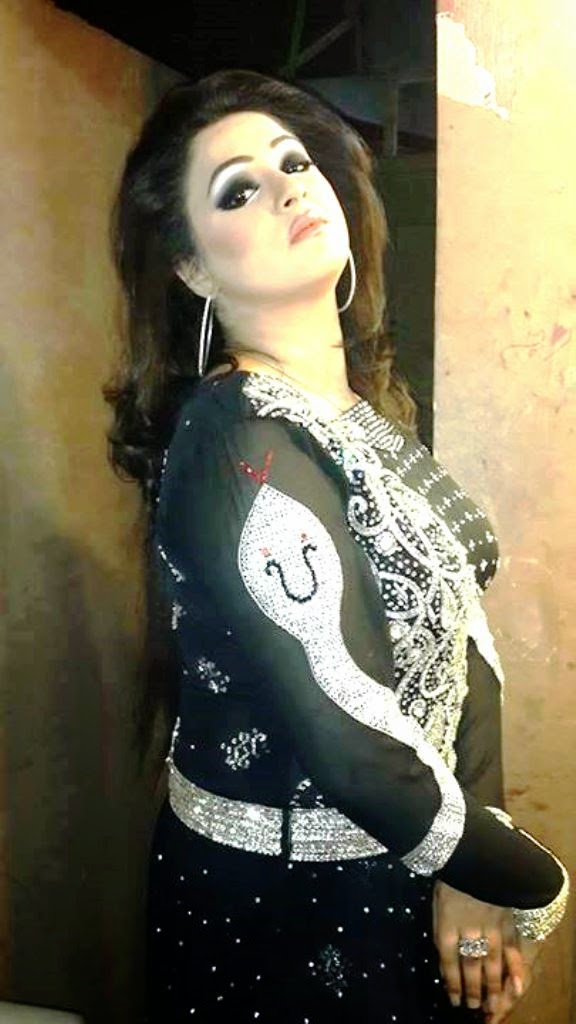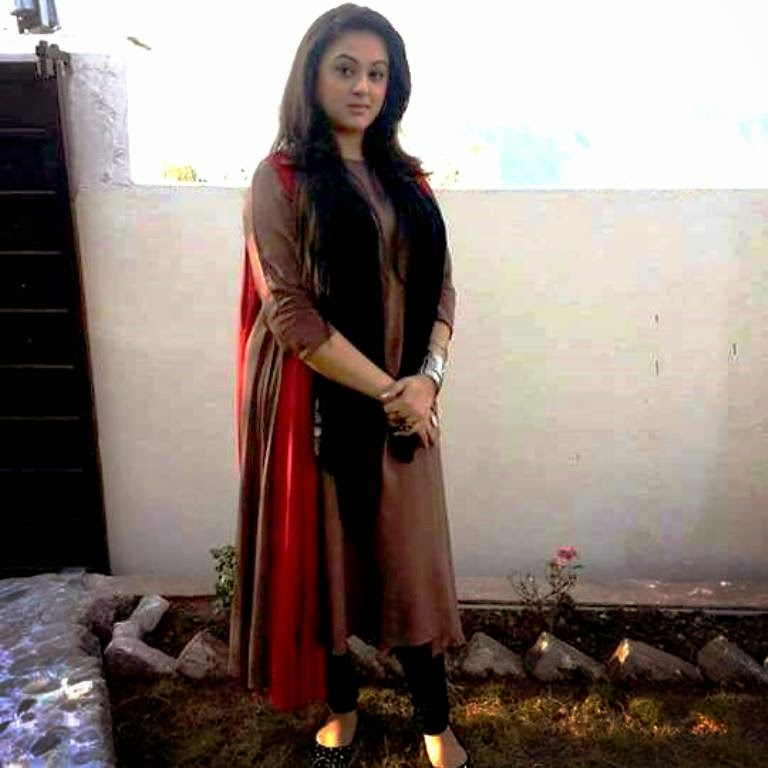Iqra Ahmad Fashion Styles Dresses
Source(Google.com.pk)Iqra Ahmad Fashion Styles Dresses
Fashion is a popular style or practice, especially in clothing, footwear, accessories, makeup, body piercing, or furniture. Fashion is a distinctive and often habitual trend in the style in which a person dresses. It is the prevailing styles in behaviour and the newest creations of textile designers.Because the more technical term costume is regularly linked to the term "fashion", the use of the former has been relegated to special senses like fancy dress or masquerade wear, while "fashion" generally means clothing, including the study of it. Although aspects of fashion can be feminine or masculine, some trends are androgynous.
Early Western travelers, whether to Persia, Turkey, India, or China, would frequently remark on the absence of change in fashion there. The Japanese Shogun's secretary boasted (not completely accurately) to a Spanish visitor in 1609 that Japanese clothing had not changed in over a thousand years. However, there is considerable evidence in Ming China of rapidly changing fashions in Chinese clothing. Changes in costume often took place at times of economic or social change, as occurred in ancient Rome and the medieval Caliphate, followed by a long period without major changes. In 8th-century Moorish Spain the musician Ziryab introduced to Córdoba[unreliable source? sophisticated clothing-styles based on seasonal and daily fashions from his native Baghdad, modified by his own inspiration. Similar changes in fashion occurred in the 11th century in the Middle East following the arrival of the Turks, who introduced clothing styles from Central Asia and the Far East.
The beginning in Europe of continual and increasingly rapid change in clothing styles can be fairly reliably dated. Historians, including James Laver and Fernand Braudel, date the start of Western fashion in clothing to the middle of the 14th century. The most dramatic early change in fashion was a sudden drastic shortening and tightening of the male over-garment from calf-length to barely covering the buttocks, sometimes accompanied with stuffing in the chest to make it look bigger. This created the distinctive Western outline of a tailored top worn over leggings or trousers.
The pace of change accelerated considerably in the following century, and women and men's fashion, especially in the dressing and adorning of the hair, became equally complex. Art historians are therefore able to use fashion with confidence and precision to date images, often to within five years, particularly in the case of images from the 15th century. Initially, changes in fashion led to a fragmentation across the upper classes of Europe of what had previously been a very similar style of dressing and the subsequent development of distinctive national styles. These national styles remained very different until a counter-movement in the 17th to 18th centuries imposed similar styles once again, mostly originating from Ancien Régime France. Though the rich usually led fashion, the increasing affluence of early modern Europe led to the bourgeoisie and even peasants following trends at a distance, but still uncomfortably close for the elites – a factor that Fernand Braudel regards as one of the main motors of changing fashion.
Albrecht Dürer's drawing contrasts a well turned out bourgeoise from Nuremberg (left) with her counterpart from Venice. The Venetian lady's high chopines make her look taller.
In the 16th century national differences were at their most pronounced. Ten 16th century portraits of German or Italian gentlemen may show ten entirely different hats. Albrecht Dürer illustrated the differences in his actual (or composite) contrast of Nuremberg and Venetian fashions at the close of the 15th century (illustration, right). The "Spanish style" of the late 16th century began the move back to synchronicity among upper-class Europeans, and after a struggle in the mid-17th century, French styles decisively took over leadership, a process completed in the 18th century.
Though textile colors and patterns changed from year to year, the cut of a gentleman's coat and the length of his waistcoat, or the pattern to which a lady's dress was cut, changed more slowly. Men's fashions were largely derived from military models, and changes in a European male Silhouette were galvanized in theaters of European war where gentleman officers had opportunities to make notes of foreign styles such as the "Steinkirk" cravat or necktie.
Marie Antoinette, wife of Louis XVI, was a leader of fashion. Her choices, such as this 1783 white muslin dress called a chemise a la Reine, were highly influential and widely worn.
Though there had been distribution of dressed dolls from France since the 16th century and Abraham Bosse had produced engravings of fashion in the 1620s, the pace of change picked up in the 1780s with increased publication of French engravings illustrating the latest Paris styles. By 1800, all Western Europeans were dressing alike (or thought they were); local variation became first a sign of provincial culture and later a badge of the conservative peasant.
Although tailors and dressmakers were no doubt responsible for many innovations, and the textile industry certainly led many trends, the history of fashion design is normally understood to date from 1858 when the English-born Charles Frederick Worth opened the first true haute couture house in Paris. The Haute house was the name established by government for the fashion houses that met the standards of industry. These fashion houses have to adhere to standards such as keeping at least twenty employees engaged in making the clothes, showing two collections per year at fashion shows, and presenting a certain number of patterns to costumers. Since then, the idea of the fashion designer as a celebrity in his or her own right has become increasingly dominant.
Iqra Ahmad Fashion Styles Dresses Women Fashion Styles Of Jewellary Shoes Dresses Makeup Hairstyles Mehndi 2015
 |
| Iqra Ahmad Fashion Styles Dresses Women Fashion Styles Of Jewellary Shoes Dresses Makeup Hairstyles Mehndi 2015 |
 |
| Iqra Ahmad Fashion Styles Dresses Women Fashion Styles Of Jewellary Shoes Dresses Makeup Hairstyles Mehndi 2015 |
 |
| Iqra Ahmad Fashion Styles Dresses Women Fashion Styles Of Jewellary Shoes Dresses Makeup Hairstyles Mehndi 2015 |
 |
| Iqra Ahmad Fashion Styles Dresses Women Fashion Styles Of Jewellary Shoes Dresses Makeup Hairstyles Mehndi 2015 |
 |
| Iqra Ahmad Fashion Styles Dresses Women Fashion Styles Of Jewellary Shoes Dresses Makeup Hairstyles Mehndi 2015 |
 |
| Iqra Ahmad Fashion Styles Dresses Women Fashion Styles Of Jewellary Shoes Dresses Makeup Hairstyles Mehndi 2015 |
 |
| Iqra Ahmad Fashion Styles Dresses Women Fashion Styles Of Jewellary Shoes Dresses Makeup Hairstyles Mehndi 2015 |
 |
| Iqra Ahmad Fashion Styles Dresses Women Fashion Styles Of Jewellary Shoes Dresses Makeup Hairstyles Mehndi 2015 |
 |
| Iqra Ahmad Fashion Styles Dresses Women Fashion Styles Of Jewellary Shoes Dresses Makeup Hairstyles Mehndi 2015 |
 |
| Iqra Ahmad Fashion Styles Dresses Women Fashion Styles Of Jewellary Shoes Dresses Makeup Hairstyles Mehndi 2015 |
 |
| Iqra Ahmad Fashion Styles Dresses Women Fashion Styles Of Jewellary Shoes Dresses Makeup Hairstyles Mehndi 2015 |
No comments:
Post a Comment